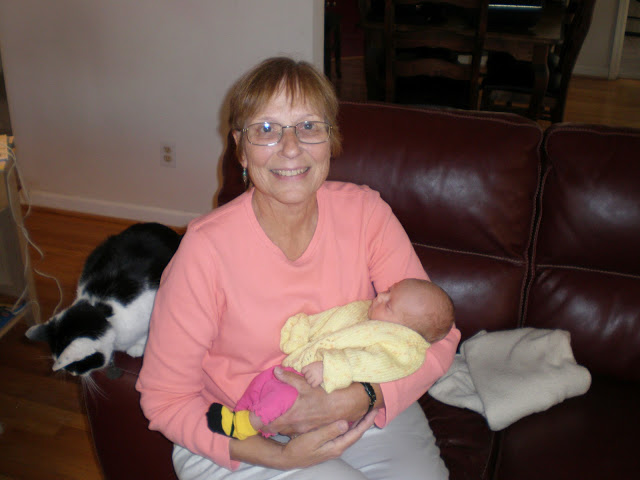Linda and her friend Janie
Amherst, Mass - I think
That's Linda's mom on the left
If you don’t read this link I won’t be indignant; it is dry
and tough-going. Nevertheless, I think the
matter easily is important enough to blog about. I’ve read it several times and Googled stuff
I didn’t quite understand; here is what I got out of it.
There exists within us an important gene, KRAS. that is
vital for the smooth and correct regulation of cell division. In many types of cancer, mutated KRAS is a
driving force, hence KRAS is classified as an oncogene. One particular form of mutated KRAS, called
G12C, codes for a protein that is present in a large percentage of
cancers. This has been known for many
years but G12C has, for reasons far beyond my pay grade, been deemed “undruggable”. Now an outfit called Amgen (AMGN;
$234/share), one of the larger bio-research firms, announces that it has
developed something that works against G12C; not only in mice, but in humans (Phase
1 trial underway}. The stuff they have concocted is called AMG 510. Nothing was
said about AMG 510’s effect on ovarian cancer, but one can hope.
Almost daily I become newly awe-stricken by how complicated the
processes that keep us alive and ticking are shown to be.
I would like to have been a cancer researcher rather than a geologist –
but I doubt that I ever was smart enough!






























